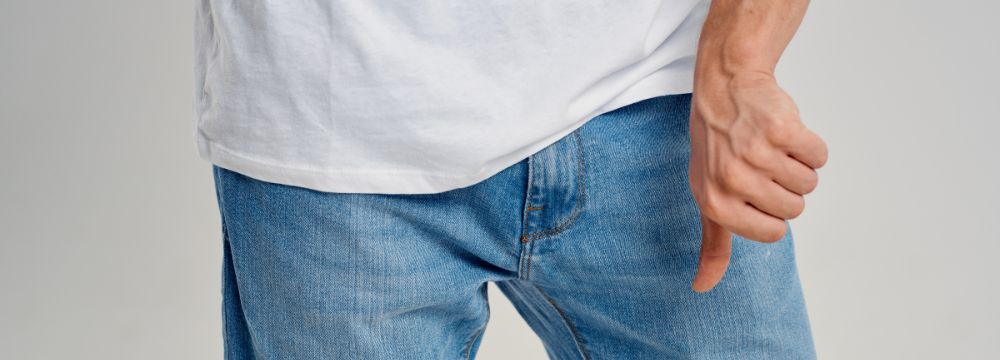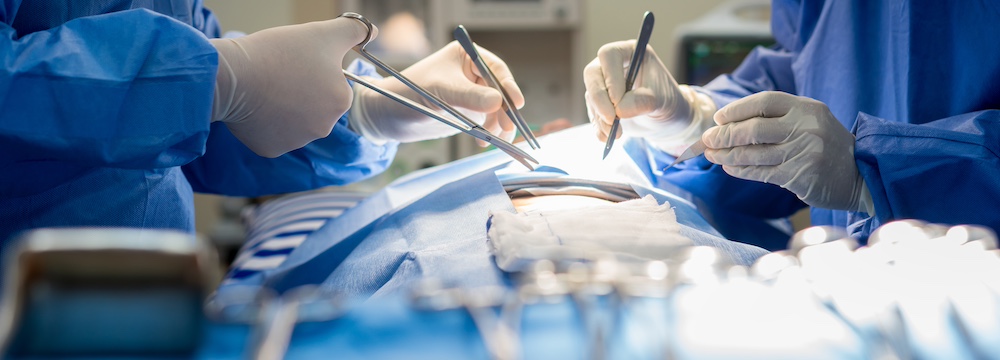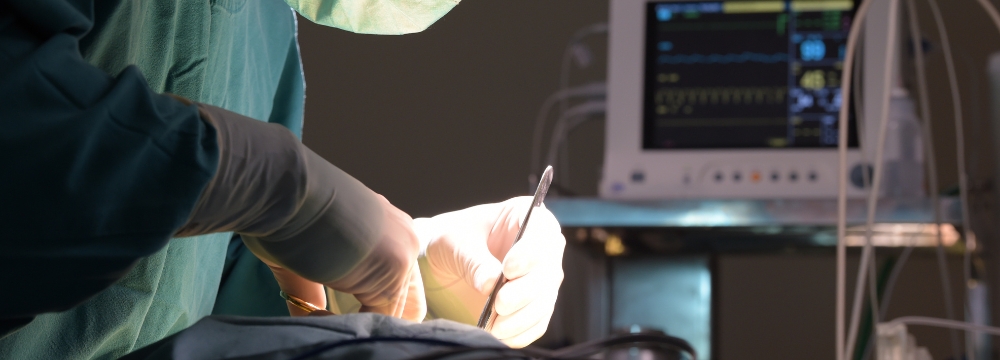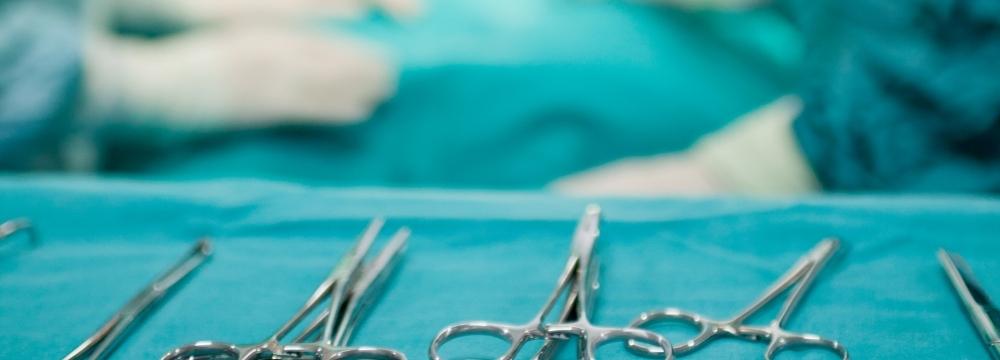Hernia
Hernias are exceptionally common in the American adult population. This is especially true in men, who disproportionately suffer from inguinal hernias and make up more than 75% of all hernia patients. Inguinal hernia repair is not as straightforward as other abdominal hernias, such as umbilical or incisional hernias. This is because several nerve bundles and structures in the groin area must be identified and preserved during surgery.
If you have researched inguinal hernia repair, you will have likely come across the concept of chronic pain after this type of surgery. There is some debate about the prevalence and incidence of this chronic pain, but it most certainly exists and is a potential risk of hernia surgery that you should be aware of.
What Have We Done to Mitigate This Risk?
Fortunately, the risk of chronic pain after an inguinal hernia repair has been significantly reduced over the past decade. This has come about because of hernia repair techniques and mesh technology advances. Following are some of the fantastic advances in hernia repair surgery that have allowed us to reduce the risk of chronic pain but also the overall risk of surgery:
New generation mesh materials. Just a couple of decades ago, hernia mesh was thicker and less flexible than it is today. We have learned over the years that mesh must be customized to the patient’s anatomy and particular hernia repair needs. Today, hernia mesh is lighter and more customizable than ever before, resulting in a more consistent hernia repair with fewer related complications. Technique, as it relates to the placement of mesh, has also improved, reducing the likelihood of curling or migrating, which could contribute to chronic pain and inflammation.
Affixation techniques. There have been dramatic improvements in tack technology in just the past decade. Not long ago, permanent titanium tacks ensured the mesh stayed connected. Advances in technology led to next-generation absorbable tacks, but even these could damage or irritate nerves in the area. Today, the meshes we use are self-adhering, meaning we do not need any fixation device. This has dramatically lowered the risk of nerve irritation and chronic pain.
Advances in our understanding of anatomy. Today, we use blunt dissection to access the hernia versus the use of sharp devices to cut access to the hernia. By avoiding sharp instruments as much as possible, we help ensure that no sensitive structures are cut.
Public understanding of hernias. Hernias are progressive conditions that only worsen over time. So, if a patient waits until a hernia is painful versus proactively repairing it, the pain typically remains more significant after surgery. So, we usually suggest that patients who are good surgical candidates have a scheduled elective hernia repair rather than wait until it gets much worse. This also applies to emergency repairs versus elective ones. Once again, the likelihood of chronic pain after an emergency repair is significantly higher than if the surgery is performed in a fully controlled environment.
As you can see, even a straightforward surgery like a hernia repair has made leaps and bounds over the past decade or two. Today hernia repair is safer and more effective than ever before. Should you feel or see a lump anywhere in your abdomen or groin, or if you feel burning or heaviness in your groin area, you may have a hernia. Visit your hernia surgeon or primary care physician to get a proper diagnosis.
However, if you ever feel extreme pain around a hernia, this may be an emergency known as strangulation, and you must go to the emergency room as soon as possible for evaluation and care. Otherwise, visit us to schedule a consultation to evaluate any non-emergency hernia pain you may have and discuss the potential for a mesh-based repair.











